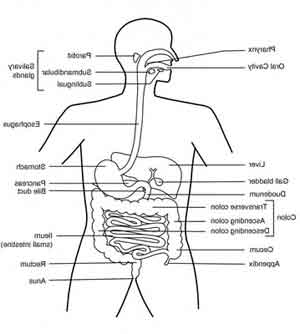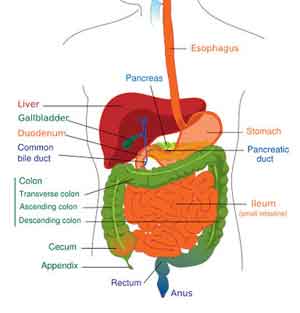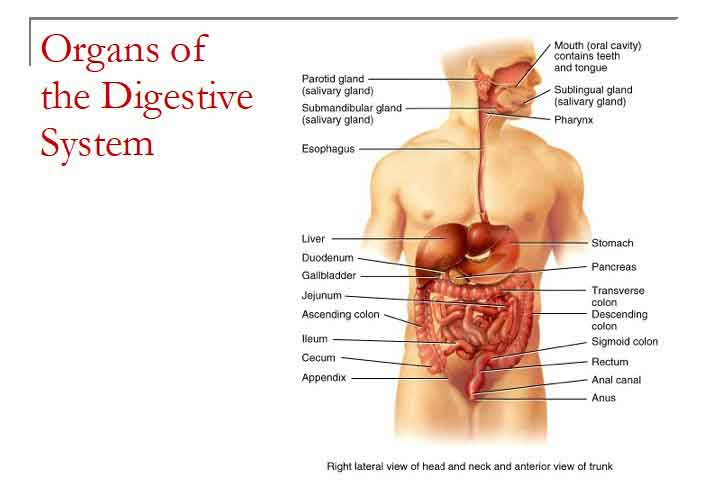Hospital infections kill thousands each year and are a major contributor to healthcare costs. Antibiotics have been used to attack typical hospital acquired bacterial pathogens, but the result is an increase in multiple drug resistant strains. The solution may be to use proteins naturally present in mother’s milk.
Nosocomial (Hospital Acquired) Infections

It is difficult to make hospital environments sterile, simply because there are so many non-sterile people coming and going. Handwashing by doctors and nurses minimizes passage of pathogens to patients, but is simply not perfect. Patients may also bring in potentially harmful bacteria that migrate by hospital manipulations from digestive tract to other sites compromised by medical procedures, visit homepage.
Selective Decontamination of the Digestive Tract (SDD) Selects Hospital Pathogens
Hospitals have attempted to eliminate pathogens transferred to patients by using antibiotics. The goal is to reduce pathogens in reservoirs, such as the gut, to prevent spread to compromised locations, such as the lung. Typical implementations of SDD use antibiotics and are directed at potential opportunistic pathogens, such as Staphlococcus aureus. Unfortunately, the prevalence of antibiotic-resistant strains of S. aureus and other pathogens in hospital environments makes the use of antibiotics problematical, because it provides a selective advantage for the pathogens.
Lactoferrin is a Natural Anti-Bacterial Milk Protein
The major protein-hydrolyzing enzyme in the stomach, pepsin, clips next to positively charged, basic, regions of proteins. The resulting small peptides, because of their positively charged amino acids, are usually anti-bacterial. [An anti-bacterial acne treatment, Peptide-10, is an example.] Several proteins present in milk are also hydrolyzed by stomach pepsin into anti-bacterial peptide. A prominent example of a natural antibiotic protein that yields the anti-bacterial peptide, lactoferricin, is lactoferrin. Lactoferrin also constrains bacterial access to needed iron.

Lactoferrin Supplemented Mice are Protected
Lactoferrin seems to be a natural choice for SDD, since it has been demonstrated to inhibit common pathogens and promote healthy bacteria. Recently, the potential of lactoferrin in SDD was tested by the development of transgenic mice that produced high levels of pig lactoferrin in their milk. Pig lactoferrin is particularly anti-bacterial. The lactoferrin-supplemented mice transferred additional lactoferrin to their suckling pups. When the pups were challenged with a variety of pathogens, the pups that received additional lactoferrin showed less inflammation and fewer pathogens in their blood.
Recombinant pig lactoferrin is expected to be useful in the treatment of patients at high risk for acquiring nosocomial infections, e.g. ventilator-associated pneumonia. Lactoferrin has the additional advantage that it is not expected to result in new resistant pathogen strains.
